Types of Mingstyle furniture
Ji is a very interesting word. When pronounced as [jī], it can mean a small or low table; and when pronounced as [jǐ], it can mean the number of tables. Of course, what we are talking about today is the Ji (jī) type of furniture in Ming-style furniture.
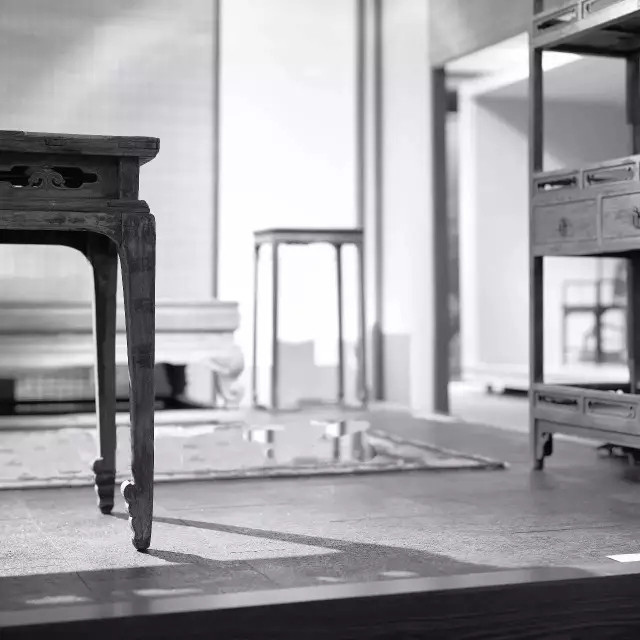
The most common types of Ming-style furniture are: tea tables, incense tables, kang tables, long tables, etc. Today, let's take a look at the above four types of furniture:
1. Coffee table
Tea tables are furniture that became popular after the Qing Dynasty. Classical tea tables are generally square or rectangular, and their height is equivalent to the armrests of armchairs. Usually, a tea table is sandwiched between two chairs to place cups, plates and tea sets, hence the name tea table.
From the paintings of the Ming Dynasty, we can see that the incense table also served as a tea table. In the Qing Dynasty, the tea table was separated from the incense table and evolved into an independent new variety. Generally speaking, the tea table is shorter, and some are made into two layers, which is easier to distinguish from the incense table.
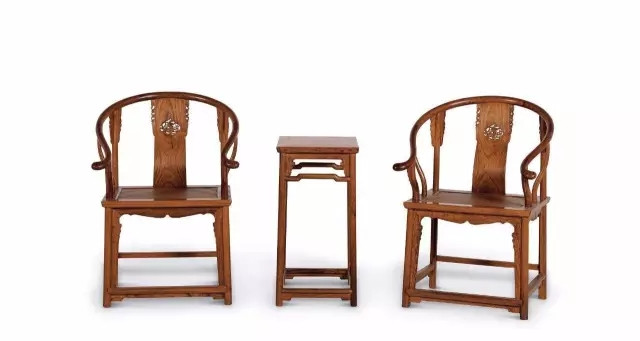
Since the early Qing Dynasty, tea tables have become increasingly common and are often used in combination with chairs, so they are mostly consistent with chairs in form. The variety of tea tables depends mainly on functional needs, such as compartments, drawers, high and low layers, etc. Due to its small size and simple structure, it often shows its own characteristics in shape.
From the large number of objects handed down, tea tables are mostly made of mahogany and rosewood, and there are no older ones. Obviously, tea tables are also a kind of Qing-style furniture. Generally speaking, tea tables are designed to be relatively short, and some are even made into two layers. During the Qing Dynasty, tea tables were rarely displayed alone, but were often placed between a pair of armrests, or displayed as a set on both sides of the hall. Because they were placed between chairs and used as a set, their form, decoration, inlays, materials and colors were mostly determined by the style of the chairs.
2. Incense stick
People have had the habit of burning incense since ancient times. It is not only a "compulsory course" in the lives of literati and scholars, but also the common people have the elegant interest of burning and smelling incense. Incense tables were born to meet this demand. In ancient times, incense tables were mostly used in groups or pairs, but also individually.
Incense tables are small in size and are mainly used to hold incense burners and incense burning utensils. In addition, incense tables are also used as furniture for placing ritual instruments in Taoist temples and Buddhist temples. The small, airy, and soft-lined incense tables are also used as display pedestals and flower stands. Wang Shixiang's "A Study of Ming-style Furniture" says: "Rich families may place incense tables in the hall, with incense burners and tripods on them, burning orchids and musk; or in the courtyard, when night falls, ladies go to pray to the gods for wisdom."
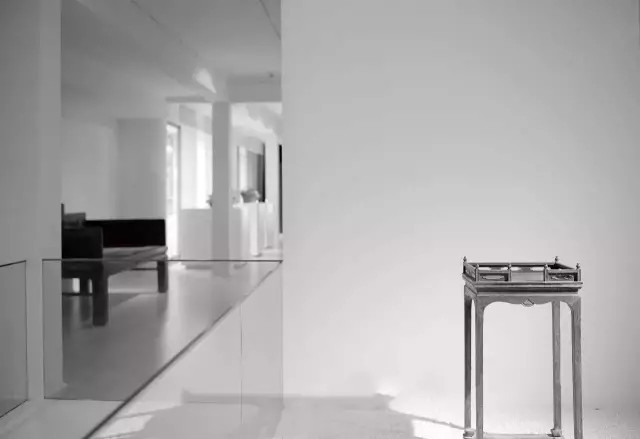
Incense tables have three legs, four legs, five legs, six legs, eight legs, etc. Ancient furniture is mostly square rather than round, because square is more labor-saving and material-saving, but incense tables are mostly round, and there are also octagonal, lotus leaf and other more decorative shapes. "A Study of Ming-style Furniture" explains that this is because "whether the incense table is placed indoors or outdoors, it is always best to be placed in the center without any support. Therefore, its shape is suitable for a round structure that can be viewed from all sides."
In addition to being used as furniture for storing incense utensils, antiques, furnishings, flower stands and other items, many incense tables handed down from ancient times have beautiful shapes, and the incense table itself is also a decoration of outstanding taste in the home. A typical incense table has slender "dragonfly legs" - the chair legs converge inward from the bottom of the fang and then turn outward. The chair legs are thin and long, so it is called this, and sometimes it is also called "mantis legs". In addition to the curling leaves and hollow carvings on the fang board, the graceful curvature of the fang board and the chair legs are like the slender legs of a girl's skirt, elegant and soft, with a long meaning.
3. Kang
Among the furniture of Ming and Qing Dynasties, there is a type of furniture that is specially placed on the kang and bed. The appearance and structure of this type of furniture are not much different from the furniture placed on the ground, and the structure and workmanship are almost the same, but the shape is relatively smaller and lower. The most typical ones are the kang table, kang case and kang desk.
Kangji is also called leaning table. The length and width ratio is similar to that of Kang'an, and the height is generally lower than that of Kang'an. It is used on Kang, narrower than Kang'an, placed at both ends of Kang, and on which are displayed books and articles. The height is generally 35-40 cm, which is just the height of a table when people sit on Kang. Kangji is a table-shaped structure, consisting of three boards, or legs at the four corners, like a long table.
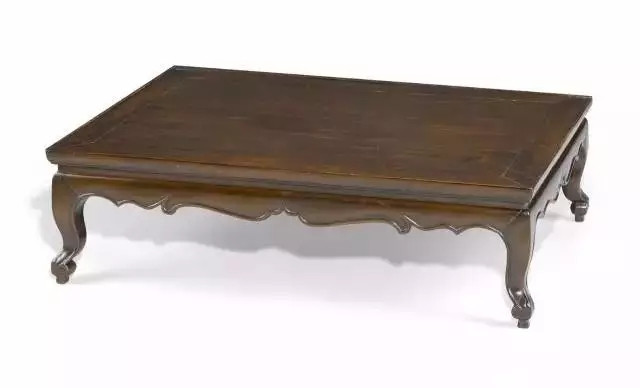
Kangji began to appear in the Song Dynasty, but it was rare and the craftsmanship was a bit crude. In the Ming Dynasty, the use of Kangji was very common, and it had reached the level of popularization and was very particular. In terms of craftsmanship, there were a wide variety of types and styles, and the materials were exquisite, the shape was simple and generous, the production was rigorous and accurate, and the structure was reasonable and standardized. Gradually, a stable and distinctive style was formed, pushing the production technology of Kangji to the peak.
The Kang table in the Qing Dynasty has a solemn shape, heavy carvings, a large body, a magnificent bearing, and pays attention to the natural color and texture of the materials. The decoration is simple. Some works are unique and very ornamental, forming their own unique style. In this regard, the craftsmanship of Kang tables in the Qing Dynasty surpassed any previous period and reached a new peak.
4. Strip
The three types of furniture, namely, the long table, the long table and the long table, are all narrow and long. They vary in size, but only the long table is nearly ten feet long or longer. The legs of the long table and the long table are located at the end of the panel. If the length is more than ten feet, the span between the fulcrums is too large, and the panel will bend and sag, resulting in the so-called "slumped waist" problem.
The Tiaoji was most popular during the Ming and Qing dynasties and was almost a must-have in homes. In addition to being used as a decoration, the Tiaoji also served as a tea table. Since the Tiaoji was simple in structure and easy to move, its use was more practical. In ancient times, the Tiaoji was mainly used to display vases and other decorations in the main hall or entrance, and was an important part of the home.
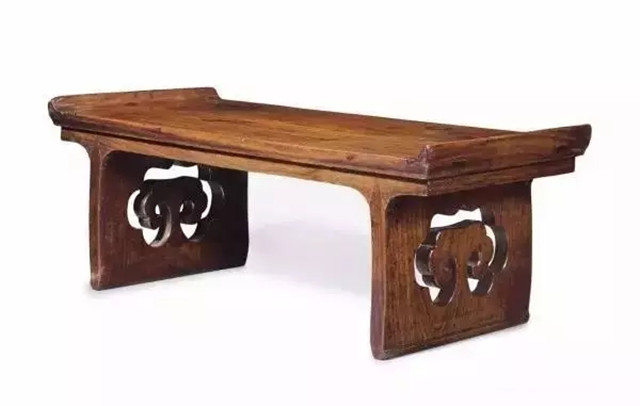
Traditionally, long and tall tables are mainly placed in prominent locations. As people's living standards continue to improve, new tables are made in a more refined and beautiful style, but tend to be smaller and are often placed in the entrance to display small items such as flowers and plants for decoration.
Nowadays, due to the limited space in the living room, tables are mostly used as decorations, especially in the entrance hall, while the main position in the living room has been replaced by modern electrical appliances such as televisions.